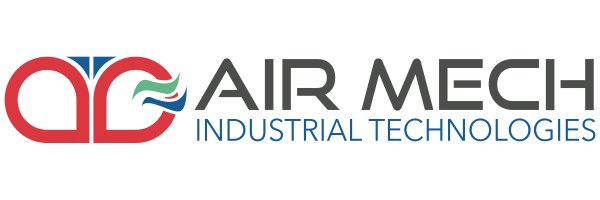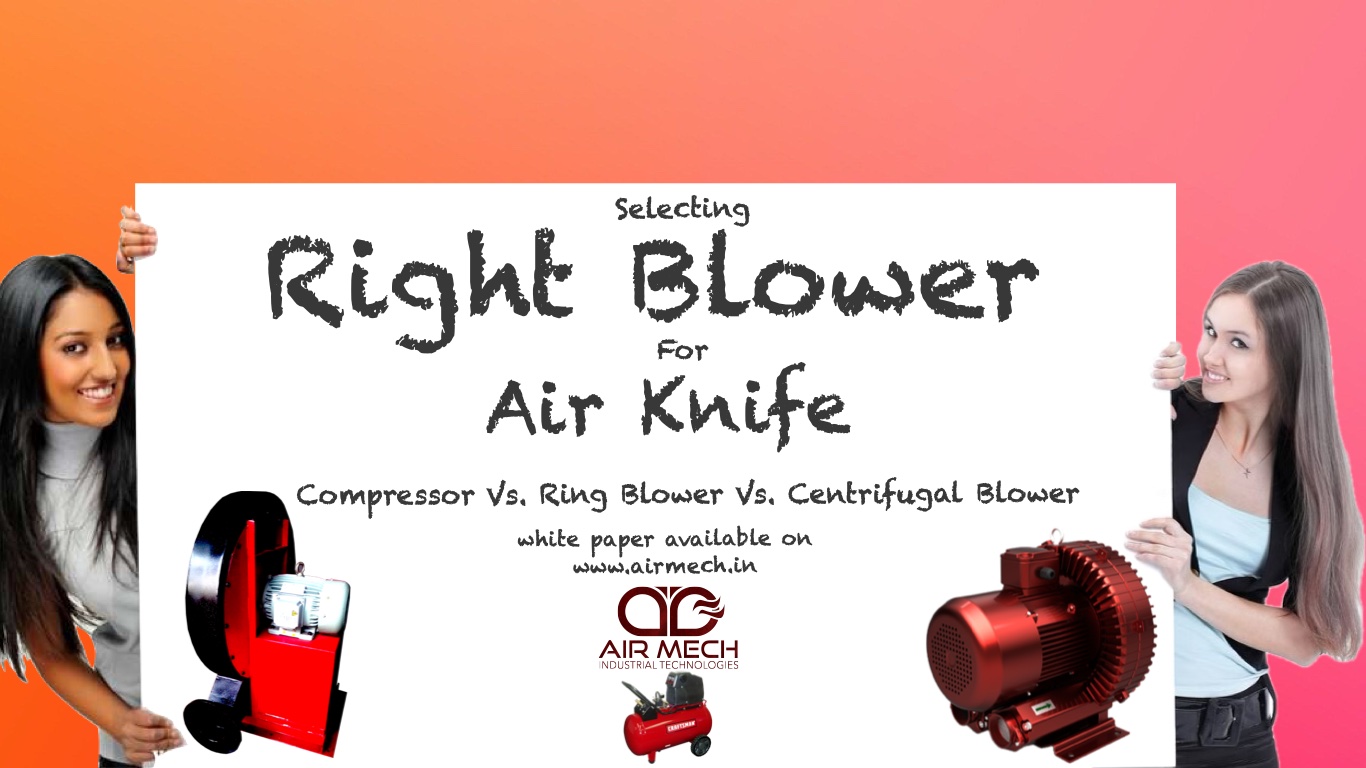In the realm of industrial drying applications, selecting the appropriate blower is paramount to achieving optimal performance and cost-effectiveness. With varying technologies available, such as centrifugal, regenerative, and compressed air, understanding their distinct characteristics is crucial. In this article, we delve into the considerations for choosing the right blower for air knife applications, comparing compressor, ring blower, and centrifugal blower technologies.
Understanding Blower Technologies
Centrifugal, regenerative, and compressed air technologies each offer unique performance characteristics and operating costs. Compressed air, while versatile, is often the least performing option with significantly higher operating costs due to its energy-intensive nature.
Optimal Air Volume for Drying Systems
In drying applications, achieving the total volume of air at moderate pressure is optimal for efficient drying systems. This ensures thorough drying without excessive energy consumption or operational costs.
Regenerative Blowers: Efficiency and Low Maintenance
Regenerative blowers stand out for their ability to provide higher air volume for drying at a lower cost and with minimal maintenance requirements. These blowers are well-suited for applications where consistent airflow is essential, offering reliability and cost-effectiveness.
Centrifugal Blowers: Efficient Drying with Low Operating Costs
Centrifugal blowers excel in providing high air volume at moderate pressure, making them ideal for efficient drying applications. While they may involve a higher initial investment, their low operating costs and efficient performance make them a preferred choice for many industrial drying processes.
Considerations for Blower Selection
When choosing between regenerative and centrifugal blowers, several factors come into play:
Scale of Application: The scale of the drying application plays a crucial role in determining the appropriate blower type. For smaller-scale operations, regenerative blowers may offer sufficient performance at a lower cost. In contrast, larger-scale operations may benefit from the efficiency and performance of centrifugal blowers.
Efficiency vs. Cost: Centrifugal blowers typically offer higher efficiency compared to regenerative blowers. However, this increased efficiency may come with a higher upfront cost. Businesses must weigh the long-term operational savings against the initial investment to determine the most cost-effective option for their specific needs.
Performance Requirements: Each step up in blower type, from regenerative to centrifugal, provides improved performance and efficiency for drying applications. Assessing the specific performance requirements of the drying process is essential in selecting the blower that best meets those needs.
In conclusion, selecting the right blower for air knife applications involves a thorough understanding of the available technologies, performance requirements, and operational costs. By considering factors such as scale, efficiency, and performance, businesses can make informed decisions that optimize drying processes while minimizing operating expenses. Whether choosing a regenerative blower for its reliability and low maintenance or opting for a centrifugal blower for its efficient performance, careful consideration of these factors ensures the success of industrial drying applications.





